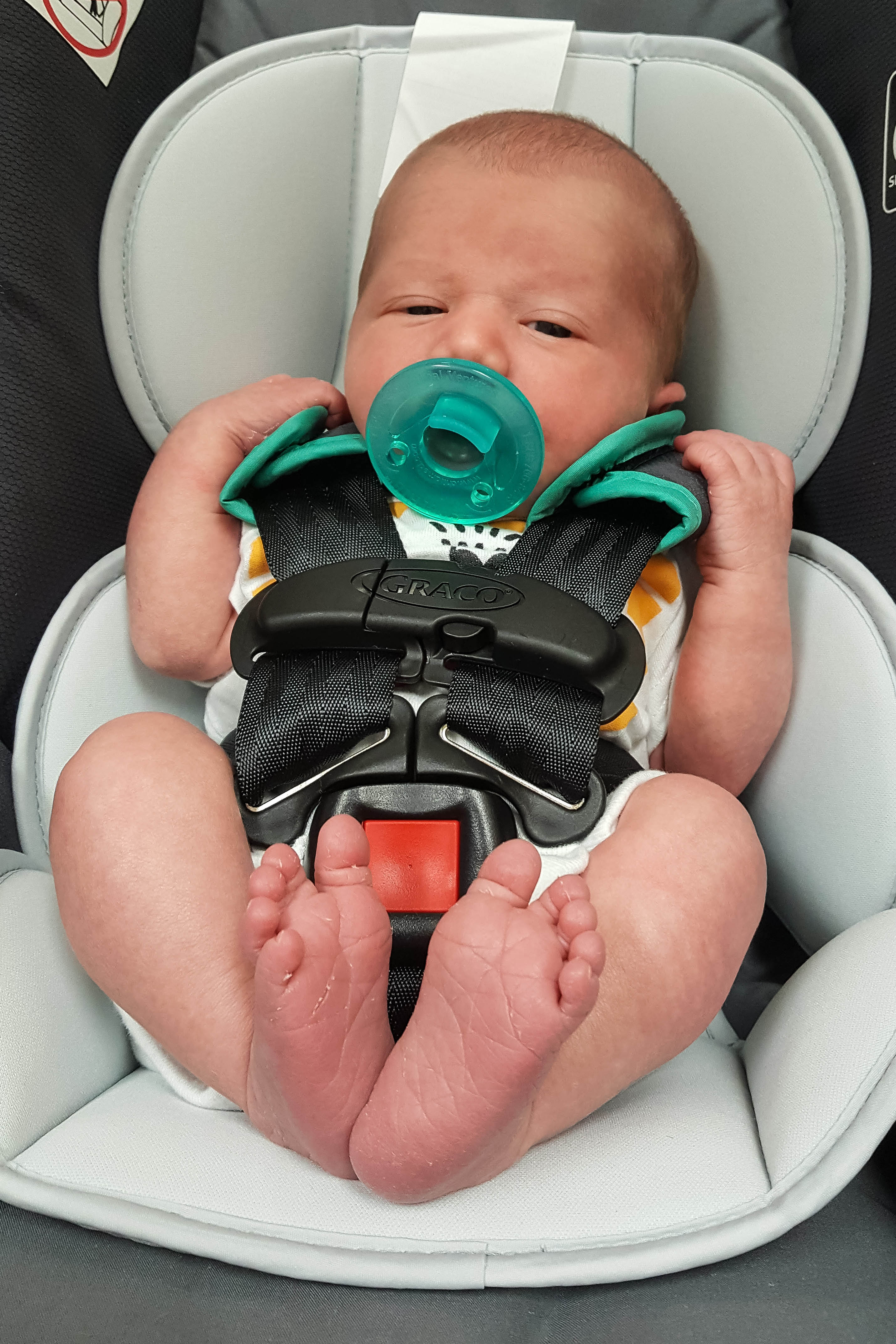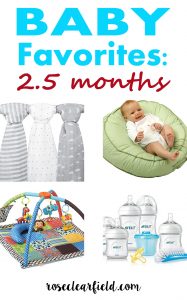[Disclaimer: This is a sponsored post written on behalf of cars.com. All opinions are my own.]
Purchasing and installing a car seat is an overwhelming process, often even for veteran parents. The car seat market changes constantly. By the time you’re having kid #2 or #3, the seat you used for kid #1 or #2 may not work anymore, and you’re back to square one. Also, while purchasing and installing a car seat are essential steps for preparing for a new baby, they aren’t the most exciting steps. It’s much more fun to paint a bedroom or pick out baby furniture. Consequently, many people put off the car seat until the final months, or even weeks, of a pregnancy.
Due to the time frame of Tommy’s adoption and birth, I purchased a car seat the morning of his birth. We brought it to the hospital in the box. The entire process of purchasing and installing a car seat was brand new to me. Thankfully, Tommy’s birth mom’s social worker is a certified car seat technician, and she was able to help us install the seat before we went home. I know many people aren’t as fortunate and don’t feel confident that the seat is installed correctly, which is very scary.
Obviously, I’m still far from an expert on purchasing and installing a car seat. But I do have a few great tips for this process as well as an awesome resource to share from cars.com.
Choose a well-known car seat manufacturer
There are a few established baby brands that dominate the car seat market and with good reason. Car seat shopping isn’t the time to take a chance on an offbrand item you found dirt cheap through a direct from China website. Familiarize yourself with the popular brands, and stick to these brands on Amazon and baby retailer websites.
Pay attention to the star ratings and reviews on Amazon and the major baby retailer websites
I know this is very millennial, but I’ve bought quite a few baby items largely based on their stellar star ratings and reviews on Amazon, Babies ‘R Us, and Buy Buy Baby. Again, baby shopping is often overwhelming, and car seat shopping is no exception. There are so many car seat models out there that it’s hard to know where to start. Sticking to the best rated and reviewed products helps you make an educated decision quickly.
Consider a car seat within a larger baby gear system
One reason I chose both the infant car seat and booster car seat that I did is because they fit within the Click Connect system. Right now Jake and I use a single infant car seat with Click Connect bases in both of our cars. It was just $40 to add the second Click Connect base. The infant car seat also works in our Click Connect Graco stroller until Tommy can ride in the main stroller seat. When we move up to the booster car seat, we’ll keep the same Click Connect bases in our cars. Many car seats fit within the Click Connect system or another integrated system to save you money and extend the use of your gear. While it certainly isn’t a requirement, it’s a nice perk for many families.
Review the videos and other resources on cars.com
Cars.com has a dedicated car seat safety checks section. It features video demonstrations for installing car seats on dozens of popular vehicle makes and models. You can search for your specific vehicle or browse the videos by category. While you may not find a video for your exact make and model (I didn’t), most likely you’ll be able to find something very similar (I did). Watching a video demonstration makes the installation process much more straightforward.
Each video includes a letter grade for the different types of car seats (i.e. booster, rear-facing convertible) in your particular vehicle. Most modern vehicles accommodate most modern car seats without any issues and receive A and B ratings across the board. But there are occasional compatibility issues, and it’s good to be aware of them ahead of time.
In addition to the car seat installation videos, cars.com has a number of other car seat resources, such as general car seat safety and which cars fit three car seats.
Give yourself time to install the car seat prior to going to the hospital
I know that life circumstances don’t always allow for a leisurely car seat installation exactly as you’ve planned. Whenever possible, make purchasing and installing a car seat at least one to two months before the baby’s due date a top priority. Giving yourself enough time ensures you and your sponse will install the car seat correctly the first time around and have a peace of mind about your child’s safety before you get to the hospital.
Have a certified car seat technician check your installation
The National Child Passenger Safety (CPS) Certification Training Program certifies child passenger safety technicians and instructors around the country. Currently, there are over 40,000 certified technicians, and more than 154,000 people who have completed the training. Consult the National CPS Certification website to see if there are technicians in your area. Their website also offers a number of great car seat resources.
Do you have any tips for purchasing and installing a car seat?
Share your insight in the comments!
More parenting resources:





